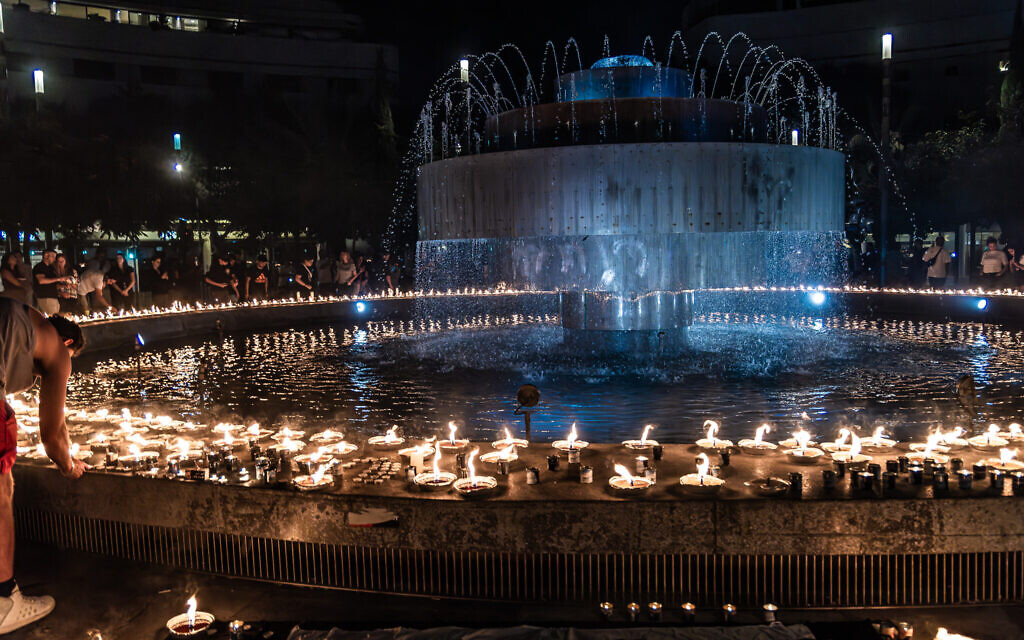Two images will mark the history of early 2025: one of Donald Trump signing hundreds of executive orders in front of his audience to show all Americans and the world that the sheriff is back in the White House to restore order, and another of the first three Israeli hostages released after more than 460 days of captivity in Gaza tunnels, followed a week later by the release of four female soldiers, captured on October 7 and still alive, who had been stationed as observers at the Nahal Oz base.
The juxtaposition of these two images, occurring almost simultaneously, was no coincidence. The release of the hostages could have taken place as early as last May because the agreement that was just signed between Israel and Hamas had been prepared by the previous American administration. However, as Itamar Ben Gvir recently stated, he and other far-right ministers in the ruling coalition had succeeded in blocking its approval. This time, Netanyahu granted the new American president this image of freed hostages, which he had denied President Biden eight months ago, and which Trump wanted for the day of his inauguration.
First of all, we welcome, like the vast majority of the Israeli population, the signing of this agreement, which for the first time opens up the prospect of ending this war, reuniting all the hostages with their families, and allowing Gaza’s Palestinian population to begin rebuilding their devastated cities.
However, we must also draw several important conclusions from this latest chapter that should guide us in our future commitments and actions.
- The first conclusion is that despite the significant military successes achieved on all fronts by the Israeli army, which recovered after the failures of October 7, Israel has not met the two objectives it set during this war: the eradication of Hamas and the return of the hostages. Hamas, though severely weakened, has not been defeated, and the theatrical manner in which it orchestrated the release of the female soldiers demonstrates its ability to position itself as the still-dominant force in Gaza. Even if 20,000 of its members, including virtually all of its leaders, have been eliminated, as claimed by Israeli Chief of Staff Herzi Halevi, they have been replaced by new recruits, according to former U.S. Secretary of State Antony Blinken in a statement during a conference at the Atlantic Council in Washington on January 14. As for the hostages, they could only be freed alive as part of an agreement. This conclusion was also reached by military officials, who repeatedly stated that the main military objectives in Gaza had been achieved and that an agreement could be signed. After the deaths of nearly 1,900 Israelis, including nearly 850 soldiers, the only victory photo that will remain for Israelis is that of the freed hostages, because there can be no military victory in this conflict for either side.
- The survival of Hamas as a political entity is primarily the responsibility of the Israeli government, which has consistently refused to address the “day after” or meet the expectations of the Americans and Arab countries in preparing an alternative to Hamas for managing the situation of Gaza’s Palestinian population. The only possibility for this war to be the last between Israelis and Palestinians is to give Palestinians a political horizon, at the end of which they would obtain their state.
- Domestically, despite the army’s successes and the return of the first hostages, all polls show that in the event of elections, Israel’s current ruling coalition would lose. Sixty-three percent of the population wants Netanyahu to resign, including a third of Likud voters. To understand the extent of opposition to this government, note that 72% of the population believes it is as responsible alone or as the army for the October 7 failures, and 83%—including 73% of voters in the ruling coalition—still demand a national inquiry, which Netanyahu continues to refuse.
- The agreement signed with Hamas includes three stages to end the war and secure the release of all hostages, alive or dead. Bezalel Smotrich, who did not vote for the agreement, chose not to resign, unlike Ben Gvir, who reportedly has a promise from Netanyahu that he could return to his role as Minister of National Security if the war resumes. For now, both Hamas and the Israeli government have a vested interest in continuing this first stage. The real challenges will arise at its conclusion, when Netanyahu must decide whether to proceed with the second stage of the agreement, which aims to end the war—a step his far-right allies oppose.
- Initial statements from the new American president suggest that his goal is to end this war, secure a peace agreement between Israel and Saudi Arabia, and, reportedly, position himself to receive the Nobel Peace Prize. This would require abandoning the idea of relocating the Gazan population to Egypt or Jordan—an idea those countries reject, as it would destabilize their regimes, and which the Palestinians themselves oppose as they aspire to independence. Saudi Crown Prince Mohammed bin Salman (MBS), for his part, has understood that his population, like those of all Arab countries, including those with peace agreements with Israel, remains sensitive to the Palestinian cause and will not support his plans without meaningful progress for the Palestinians. This peace agreement with Israel, as vital as it is to MBS’s vision for Saudi Arabia’s future, cannot move forward without initiating a political process for the Palestinians that provides a pathway toward their own state.
- In conclusion, there is an alignment of international interests to end this war. Israel, having regained its status as the region’s dominant military power and reestablished its deterrence, is in a stronger position to engage in a political process—an effort that would require a change in leadership. We must support all initiatives toward this goal and alert European Jewish citizens and friends of Israel to the risks posed to the country’s future by settlers and far-right parties, through continued settlement expansion in the West Bank, as has been the case for the past two years, and their plans to reestablish settlements in Gaza.






